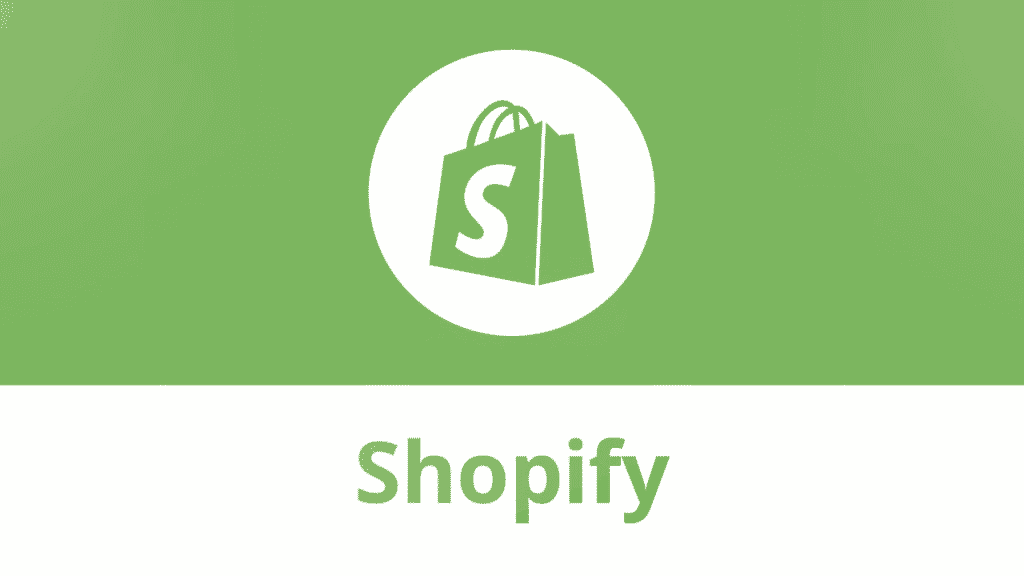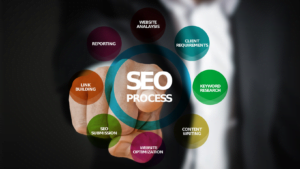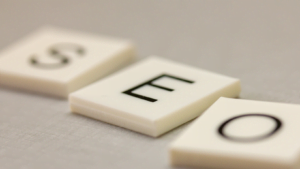Favicons on Shopify Stores: What Are They and How to Add One?

Source: Shopify
The favicon is an effective way to estimate a website’s traffic. People are more likely to bookmark a page if it has a favicon, which helps with website analytics. In addition, favicons are a powerful element to improve the user experience. If a website doesn’t have a favicon, it’s likely to lack legitimate browser symbols that show up when perusing websites from different browsers.
How about favicons on your Shopify store? Why are these Shopify images important? Just peruse this article to find answers to your unending questions about Shopify favicons!
Favicons and Why You Need Them
Favicons can serve several purposes, but they are most helpful in letting users know what website they are visiting by giving them a visual clue. Additionally, a favicon enhances your branding.
The favicons help customers keep track of all the tabs they have open in their web browser to navigate more efficiently. It is easier for them to identify your website’s tab with favicons, which increases your chances of them returning. In addition, they make it easier for users to find bookmarks. Using favicons makes it easier for your users to find bookmarked pages.
How does Shopify’s Favicon work?
To explain exactly what a favicon is, a favicon is a small, iconic image that represents the site being visited, also known as a website icon. Whenever you hear the word favicon, you should pronounce it as fave-icon. Web browsers commonly include them in the address bar, and feed aggregators can also include them in bookmark lists.
A well-designed favicon will allow users to recognize your website instantly and easily from first glance as a result of matching the logo or theme.
The different types of Shopify Favicons
Most modern browsers usually recognise favicons as PNG, GIF, or JPG files. It does not seem to work with Internet Explorer, however. Due to its compatibility with all browsers, it is recommended to move to Microsoft ICO format.
Image Size of a Favicon Image
It is usually a square image (16*16 pixels) used as a favicon. Several sizes are contained in one ICO file, but it’s the minimum version. A 32×32 version is also available, as well as a 48×48 version. Instead of the stretched-out 16×16 pixels version, users will see a scaled-down version of the icon if they drag the bookmark to their desktop.
Most of the time, you’ll see favicons with the following sizes: 16×16, 32×32, 48×48, 64×64, and 128×128. The image quality may depend on how the favicon would look.
Steps to add a favicon to your Shopify stores:
- Choose the Themes section. Click Online Store > Themes in your Shopify admin.
- You can edit the theme by clicking Customize next to the Actions area after choosing the theme you want to change.
- Head to the Theme settings tab from the theme editor’s toolbar.
- See the section on Favicons by scrolling down, then choose it.
- You should select the favicon file you want to use for your online store.
- Click on the favicon pictures. At the Library tab of the Shopify admin, you can choose a picture you have already uploaded. Alternatively, next to the Library tab, you will find some free images under the Free images tab, including the favicon images. You can select one of them by clicking on it.
- The seventh step is to save the favicon image. Finish your work by clicking Save.
How to Display Your Shopify Favicon in Search Results
The Shopify icon will appear in search results if you follow these steps:
- Go to Shopify > Online Store > Themes
- Click the Actions button
- The dropdown menu will appear. Select Edit Code
- Put the following code in the theme.liquid: *link rel = “shortcut icon” href = “Replace with your favicon URL”>
- Save your work.
Conclusion
In general, Shopify favicons are one of those little things that we often overlook. It’s a smaller version of your Shopify logo, which dictates the visual identity of your shop. Despite their size, we realize they are vital to web components, both from a user interface and branding perspective.
With this information, we hope you better understand what Shopify’s favicons are!
Frequently Asked Questions
What is Shopify?
Shopify is an e-commerce platform that allows small businesses to sell online by offering tools for creating and managing an online store. It also has become a popular choice for easy large companies who want to sell products on their websites but don’t want the hassle of building a new website from scratch.
What is the purpose of a favicon?
A favicon is a miniature graphic next to the title in your browser’s address bar. It is usually placed at the end of the web address, but you can also place it near the beginning.
The purpose of a favicon is to make your site identifiable on a computer screen. The icon is usually an image or an icon that represents your website’s branding or logo.
Are there any disadvantages to having a favicon on your website?
Yes, there are some disadvantages to having a favicon on your website. One of the disadvantages is that it can take up valuable space on your website. Another disadvantage is that you might end up with more than one favicon for your website, which can confuse customers and visitors.
What is the difference between a favicon and a logo?
Some people might be under the impression that a favicon is a logo. A favicon is a small, rectangular image that appears in the corner of a website’s address bar. It is often used as a shortcut to access the site. A logo is an image or symbol that represents your company or organization.
Favicons and logos have different purposes and serve different purposes. You may use a logo on social media, business cards, brochures, and other marketing materials, while a favicon is just for your website.




